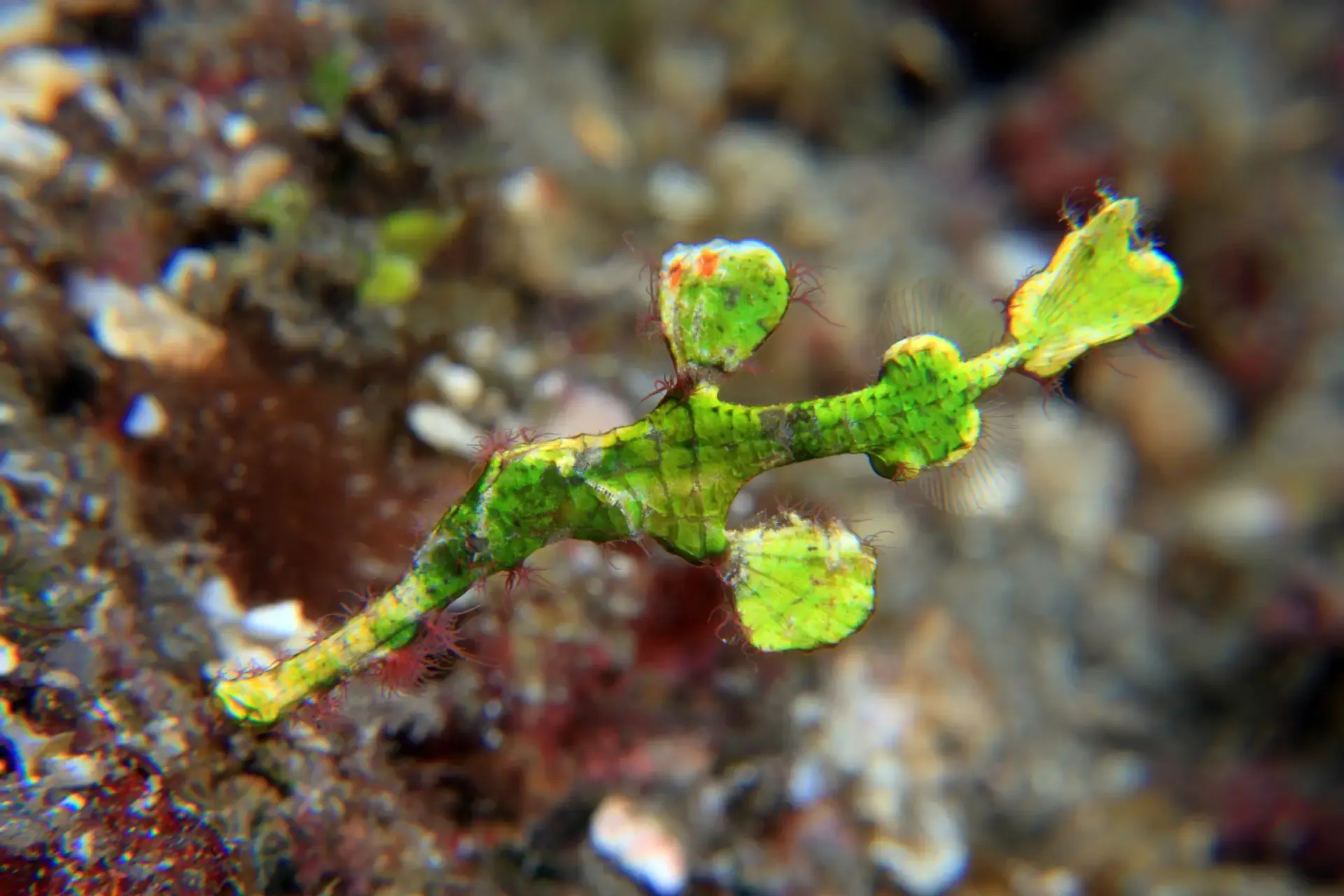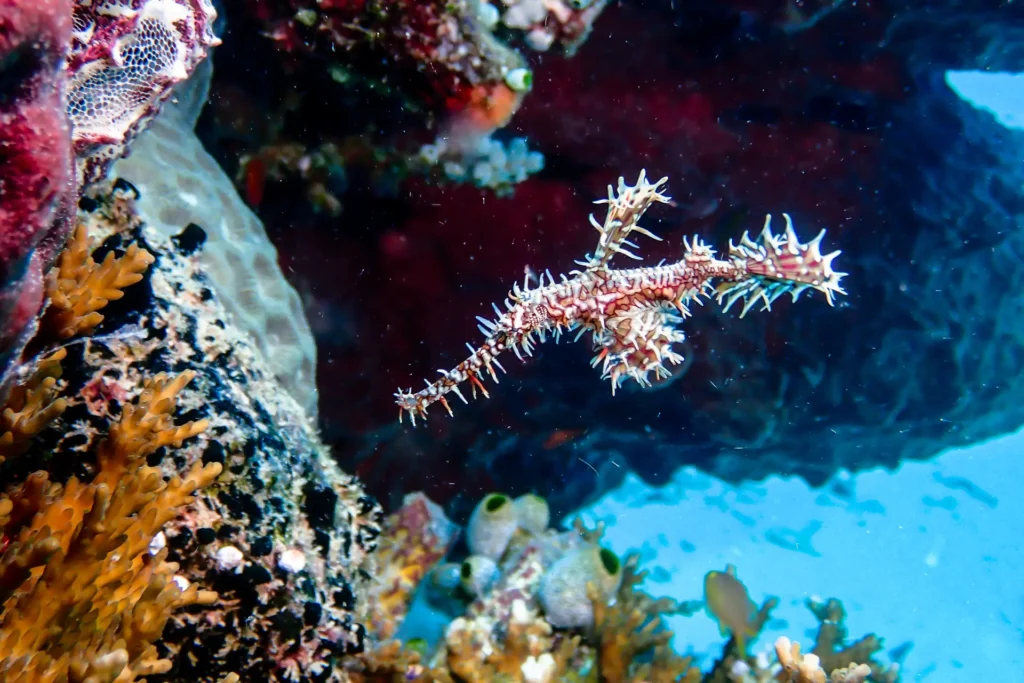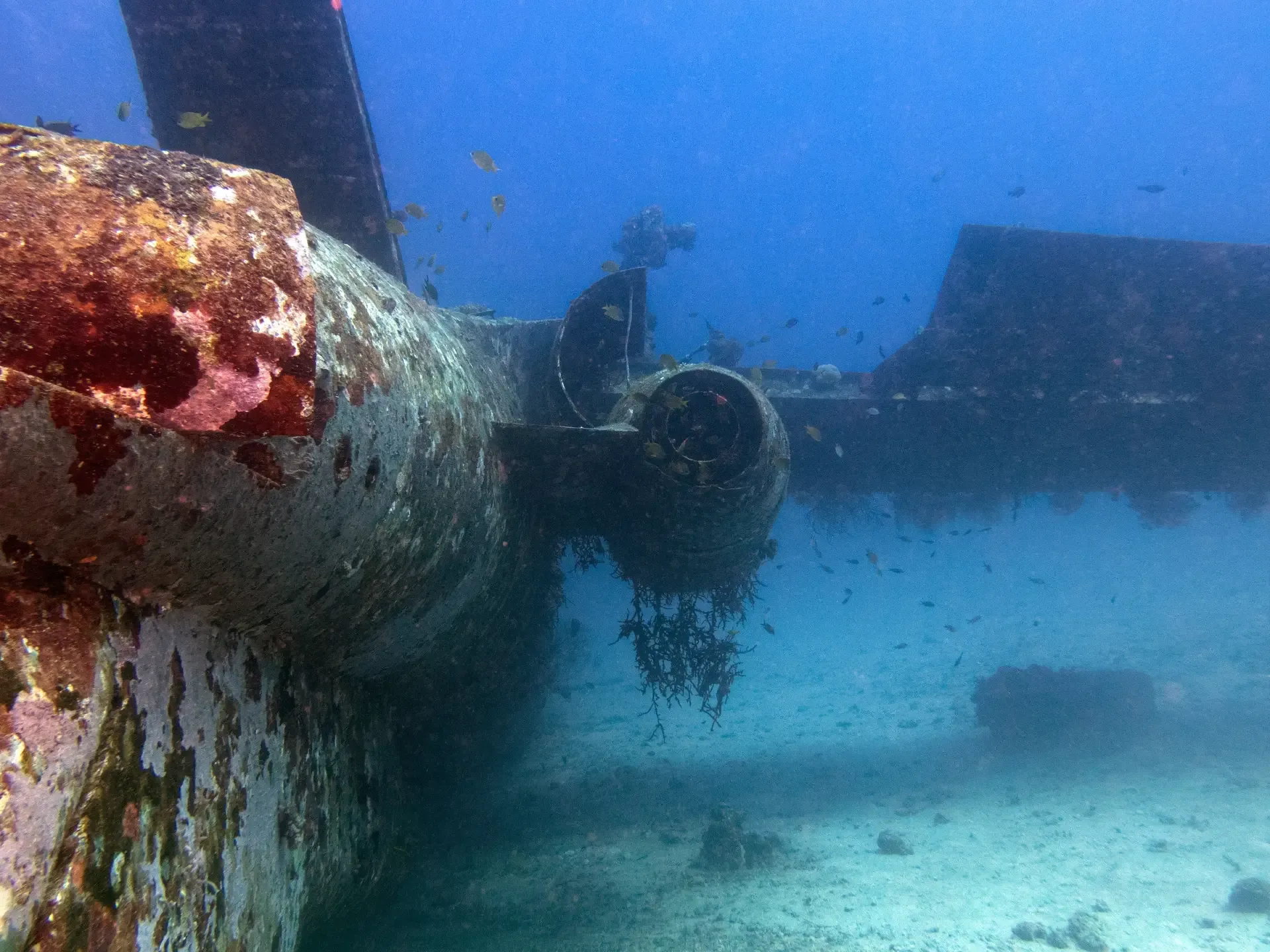From Open Water to Advanced Explorer in Boracay
From Open Water to Advanced Explorer in Boracay
The Evolution of a Diver: From Open Water to Advanced Explorer in Boracay
Scuba diving is more than just an activity—it is a continuous journey of learning and adventure. Every diver begins somewhere, often with an Open Water certification, but the opportunities for growth are endless. Boracay, with its range of beginner-friendly reefs, exhilarating drift dives, deep walls, and wrecks, provides the perfect environment for divers to progress from entry-level certifications to advanced exploration.
New Wave Divers Boracay offers the ideal setting and guidance to help divers develop their skills and confidence in the water. Whether you are just starting or looking to take on more challenging dives, our courses and dive sites provide the perfect training ground.
The First Step: Becoming an Open Water Diver
The Open Water Diver certification is the foundation for all scuba divers. This course provides the necessary skills and knowledge to explore the underwater world safely and independently up to 18 meters (60 feet).
What You Learn in Open Water Training:
-
Understanding dive theory, including pressure, buoyancy, and equipment use
-
Mastering essential skills such as mask clearing, regulator retrieval, and controlled ascents
-
Practicing buoyancy control and underwater navigation
-
Learning safety procedures, including buddy checks and emergency ascents
Best Boracay Dive Sites for Open Water Training:
-
Angol Point: A shallow reef with mild currents and an abundance of marine life, making it ideal for skill development.
-
Coral Garden: A sandy-bottom site with coral formations, perfect for practicing buoyancy and navigation while observing reef fish.
After completing the Open Water course, divers gain confidence and the ability to explore some of Boracay’s most scenic reefs.
Building Confidence: The Advanced Open Water Diver Course
Once divers are comfortable in the water, the Advanced Open Water Diver course helps them develop new skills and prepare for more challenging dive environments. This course expands the depth limit to 30 meters (100 feet) and introduces specialized diving techniques.
What You Learn in Advanced Open Water Training:
-
Deep diving techniques, ensuring safe descents and ascents beyond 18 meters
-
Underwater navigation using a compass and natural references
-
Drift diving, learning how to manage currents effectively
-
Night diving, an introduction to observing nocturnal marine life
-
Wreck diving, exploring underwater structures safely
Best Boracay Dive Sites for Advanced Divers:
-
Yapak: A deep-wall dive known for strong currents and encounters with trevallies, reef sharks, and barracudas.
-
Camia II Wreck: A sunken fishing boat that has become a thriving artificial reef, ideal for wreck diving training.
-
Punta Bunga: A site featuring moderate currents, providing an excellent environment for drift diving practice.
The Advanced Open Water course allows divers to gain the confidence to take on more demanding dive sites, preparing them for specialty and professional-level training.
Expanding Skills: Specialty Diving and Rescue Training
After gaining experience, divers often look to refine their skills with specialty courses or take their training further by becoming a Rescue Diver.
Popular Specialty Courses in Boracay:
-
Drift Diving: Learn to navigate currents effortlessly—essential for sites like Yapak and Channel Drift.
-
Underwater Photography: Capture stunning marine life, especially macro subjects like nudibranchs and frogfish at Crocodile Island.
-
Night Diving: Discover the behavior of nocturnal marine life at sites like Friday’s Rock.
-
Fish Identification: Improve knowledge of marine species found across Boracay’s reefs.
Why Consider Rescue Diver Training?
The Rescue Diver course is a transformative step in a diver’s journey. It focuses on preventing and managing dive-related emergencies, improving situational awareness, and building confidence in assisting fellow divers. Many divers describe this course as one of the most rewarding they have taken.
Becoming a Professional: The Divemaster Pathway
For those who want to take their passion for diving to a professional level, the Divemaster certification is the next logical step. Becoming a Divemaster allows divers to guide certified divers, assist with training courses, and play an active role in dive operations.
What You Learn in Divemaster Training:
-
Refining buoyancy and dive skills to demonstration level
-
Leading certified divers and assisting instructors in training programs
-
Managing dive logistics, safety procedures, and emergency planning
-
Expanding marine life knowledge and conservation awareness
Best Boracay Dive Sites for Divemaster Training:
-
Camia II Wreck: Ideal for navigation practice and leading dives.
-
Friday’s Rock: A great site for improving buoyancy control and assisting new divers.
-
Channel Drift: A dynamic site where managing currents and guiding divers is an essential skill.
Becoming a Divemaster is the first step toward professional diving and can lead to further opportunities such as becoming a scuba instructor.
The Ongoing Journey: Exploration and Conservation
Diving is more than just certification courses—it is about continuous growth, exploration, and contributing to marine conservation. Many experienced divers engage in technical diving, participate in reef conservation projects, or explore new dive destinations around the world.
How to Continue Growing as a Diver:
-
Join Marine Conservation Projects: Engage in reef restoration and participate in underwater clean-ups to help protect Boracay’s marine environment.
-
Try Technical Diving: Expand your knowledge with extended range diving and decompression techniques.
-
Travel to New Dive Destinations: Experience diverse marine ecosystems beyond Boracay, such as the Tubbataha Reefs or Apo Reef.
Why Boracay is the Perfect Place to Grow as a Diver
Boracay provides an ideal environment for divers at every stage of their journey, offering:
-
Beginner-Friendly Training Sites: Shallow reefs with excellent visibility for Open Water students.
-
Advanced Diving Challenges: Deep walls, strong drift dives, and wreck exploration.
-
Year-Round Diving Conditions: Warm water temperatures and clear visibility provide optimal training conditions.
-
A Thriving Dive Community: A welcoming atmosphere where divers can connect, learn, and progress in their skills.
Final Thoughts: Take the Next Step in Your Diving Journey
No matter where you are in your diving experience, New Wave Divers Boracay offers the ideal setting to develop your skills and explore new underwater frontiers. Whether you are earning your Open Water certification, advancing to deep and drift diving, or considering a professional path as a Divemaster, Boracay’s diverse dive sites and experienced instructors provide the perfect environment for progression.
If you are ready to take the next step in your diving journey, contact New Wave Divers Boracay today and continue your adventure beneath the waves.

Wish to know more about the diving in Boracay? Our team will be delighted to answer your questions and let us know why we should be your first choice when planning your dive vacation to the Philippines. We hope to hear from you soon!











